
OR
Opinion
Effective Disaster Preparedness: Need of the Nation
Published On: February 11, 2023 09:30 AM NPT By: Dr Shrijan Bahadur Malla
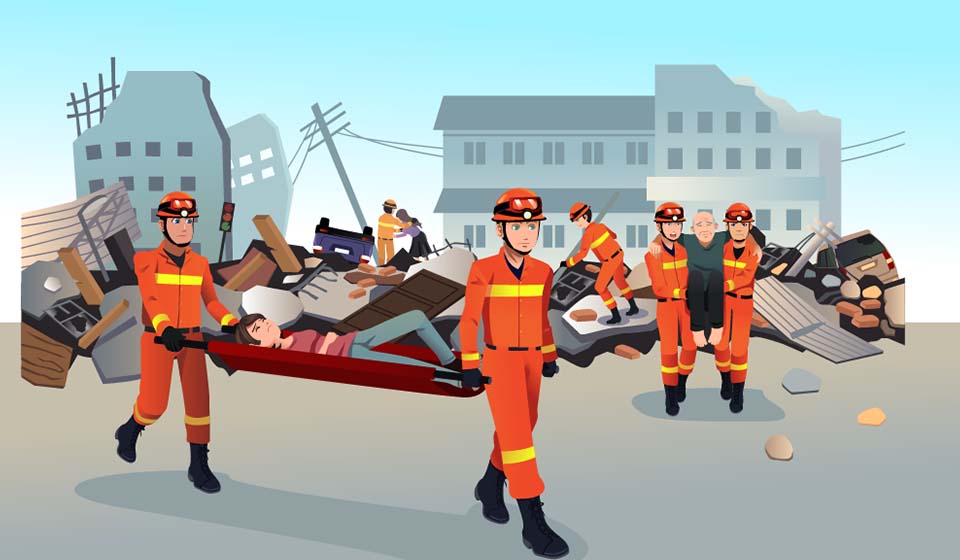

Dr Shrijan Bahadur Malla
Dr Malla is a DRR expert and activist. He holds a PhD from Kagawa University, Japan.shrijanmalla07@gmail.com
Recently, Turkey and Syria have been hit hard by a couple of powerful earthquakes. At the time of writing this piece, over 15,000 people had died and 6000 houses had been destroyed in these two neighboring countries according to the preliminary reports. Due to freezing weather conditions and snowfall, the rescue and relief works are getting very much difficult. Besides, providing effective assistance in the rebel-held North-West part of Syria is another big challenge to the authorities. Thus, it is yet to see how the local communities, government, and international communities deal with this horrible situation.
Indeed, Nepal is also very much prone to mega earthquakes. Disaster experts and geologists have been repeatedly claiming that the next large earthquake is imminent and will possibly occur in the western part of the country. But it doesn’t mean that the rest of the country is safe. Besides, the country is also prone to other multi-hazards such as landslides, floods, fires, and epidemics that have been miring the communities for ages. Against this backdrop, an effective response should be the foremost priority for the government.
Effective early warning and timely and adequate preparedness for efficient rescue and relief operations are two fundamental pillars for effective disaster response that disaster-prone countries like Nepal and Turkey should always gear for.
In recent years, Nepal has achieved tremendous progress in establishing the Early Warning System precisely for hydrological disasters. The establishment of hundreds of hydrological and weather monitoring stations throughout the country has helped to monitor and predict possible floods and inundations. The mobile alert message system has remained fundamental to helping the river bank communities to remain alert during the flooding season. Likewise, the Bipad Portal – the national Disaster Information Management System – has led to the integration of disaster-related data and information onto a single platform. But this achievement is yet to localize to remain utmost effective and sustainable. Similarly, international institutions such as the World Bank, the Asian Development Bank, ICIMOD, and Durham University are also assisting the nation to develop a remote sensing and satellite imagery-based Glacial Lake Outburst Flood and Landslide forecasting system.
Unfortunately, earthquake forecasts are merely possible in the country since the National Earthquake Monitoring and Research Center is only capable of monitoring seismic movements. Whereas in the developed world, earthquake monitoring systems such as ShakeAlert, J-Alert, and P-Alert are already in place and giving early warning to the people there just before the shaking hits so that people can react promptly. Indeed, Nepal also needs such a system.
Likewise, timely preparedness is equally important to ensure an effective response. Since disaster response is a synergic effort all the stakeholders - community, government agencies, security forces, and humanitarian agencies - should share their hands. Training and prepositioning of skilled search and rescue teams, equipment, and transportation means, keeping standby medical facilities, stockpiling necessary food and non-food relief materials, and preparing community volunteers to remain first responders, are some thumb rules that ensure effective preparedness. And the lead should be taken by the local government as it is the pivot of the disaster governance system of the country. But our local level preparedness is much feeble. The municipalities are just crawling in this venture that will take decades to reach the ward and community levels of preparedness.
On the one hand, full-fledged activation of the provincial DRR mechanism is also a distant dream. Lack of means and methods, competent human resources, and confusion on roles and responsibilities are some steadfast hurdles that have mired the provincial mechanism. On the contrary, the districts have remained heavy in terms of relief and rescue operations. Thus, how to strike a balance between these four layers of disaster governance is the biggest challenge to the central mechanism.
On the other hand, during disaster response, effective three ‘C’s - Command, Control, and Coordination - are fundamental to rendering an effective response that can be achieved by establishing a competent Incident Command System in the country. The Emergency Operations Centers (EOCs) are the ICM structure in the Nepali context that gained a foothold in 2010 with the help of the UNDP and the Australian government. Along with the National Emergency Operation Center today, the country has six provincial EOCs, and around 170 district and municipal EOCs. Such EOCs are supposed to carry out disaster response preparedness in peacetime whereas they function as ICS during disaster situations leading and coordinating rescue and relief operations.
But unfortunately, the objective has remained in quandary. Mainly three reasons have led to bearing such a fate. The first is the mere understanding of the respective authorities on its need, the second is the lack of competent human resources to run such entities and third is the lack of financial resources to carry out daily operations and ensure their maintenance. Mired by such deficiencies, the effectiveness and sustainability of these entities have today remained questionable. But the state shouldn’t forget that competent EOCs will not only help to ensure effective disaster preparedness and response but also share the load of the DRR responsibilities of the local administrators that are already mired with a plethora of duties related to the well-being of the societies.
Certainly, the recent earthquake in Turkey and Syria is a wake-up call for nations like Nepal which are very much vulnerable to the devastating seismic disaster. Although Nepal, in the wake of the 2015 earthquake, has achieved tremendous success in terms of preparedness and response, it has yet remained far behind in meeting the objectives of the Sendai Framework (2015-2030) and the Sustainable Development Goals. There is so much to do to prepare effectively for the next earthquake and the time is ticking.
You May Like This
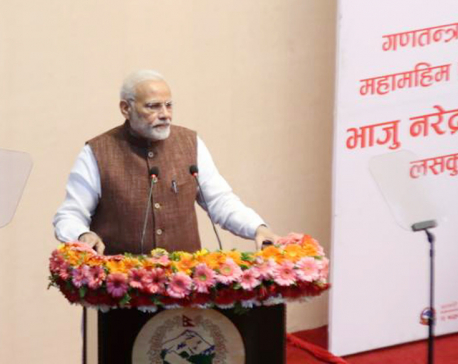
Modi recalls earthquake, constitution, misses blockade
KATHMANDU, May 12: Visiting Indian Prime Minister Narendra Modi congratulated Nepali people for their combined strengths to rebuild Nepal after... Read More...

Two years on, only 382 earthquake victims receive concessional loans
KATHMANDU, July 20: Two years after the devastating earthquake, only 382 survivors have received subsidized loans from banks and financial institutions... Read More...
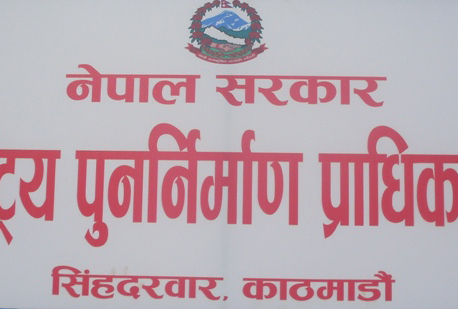
Earthquake victims to get additional Rs 100,000 grant
KATHMANDU, Sept 26: The Steering Committee meeting of National Reconstruction Authority (NRA) on Monday decided to provide an additional of... Read More...



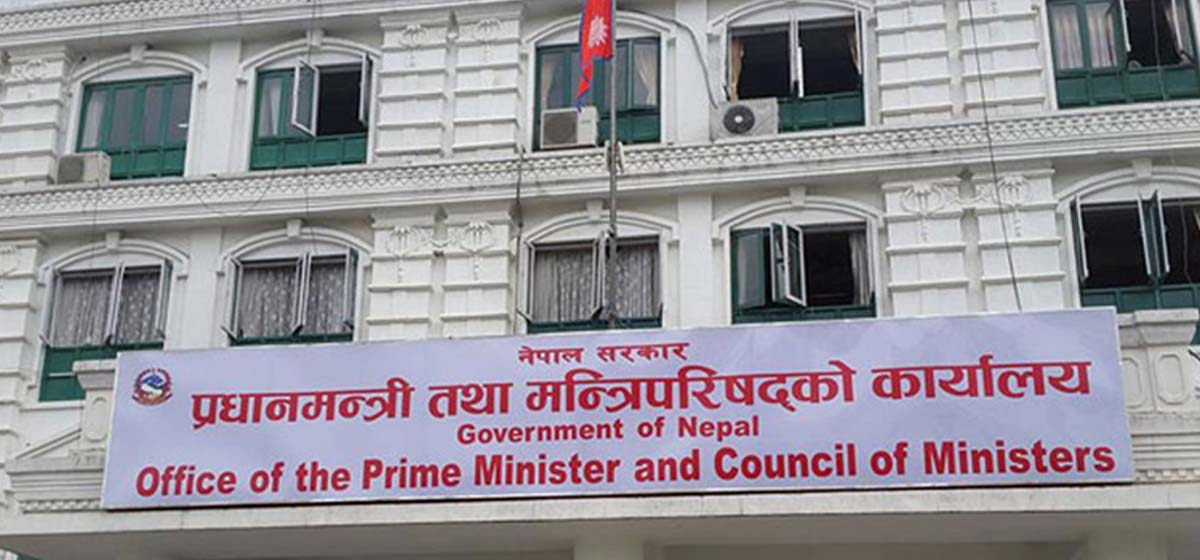



Just In
- Seven houses destroyed in fire, property worth Rs 5.4 million gutted
- Police pistol missing after drug operation in Bara, investigation underway
- Truck carrying chemical used in drugs catches fire
- Nepali journalists Sedhai and Kharel awarded second prize at Fetisov Journalism Awards for their exposé on worker exploitation in Qatar World Cup
- Devotees gather at Balaju Park for traditional ritual shower at Baisdhara (Photo Feature)
- PPMO blacklists 33 construction companies
- UK Parliament approves Rwanda deportation bill, ending weeks of legislative stalemate
- SC refuses to issue interim order in petition against Sudurpaschim province govt




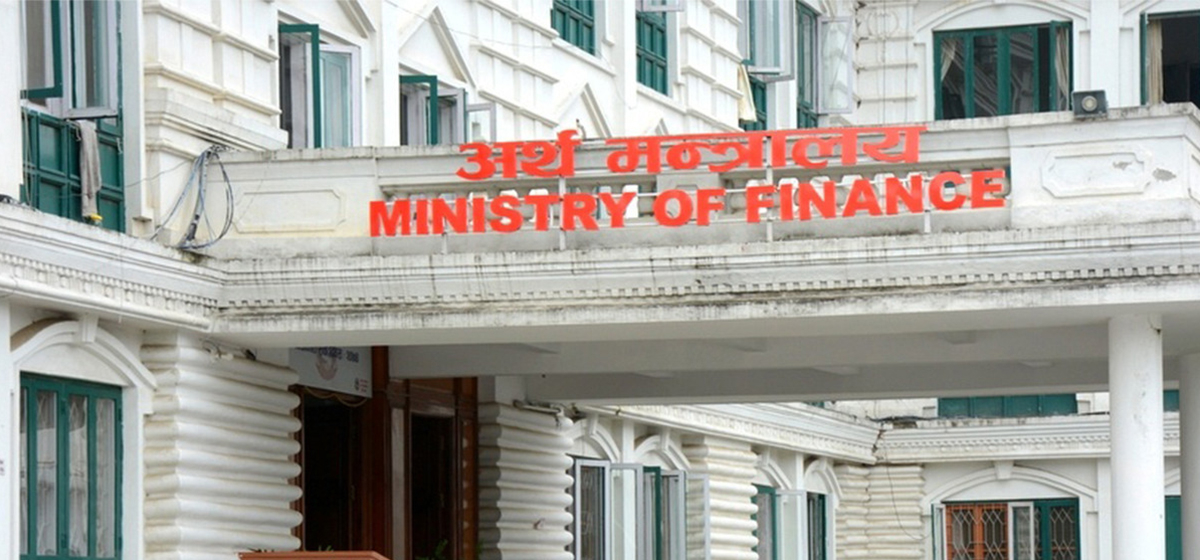






Leave A Comment